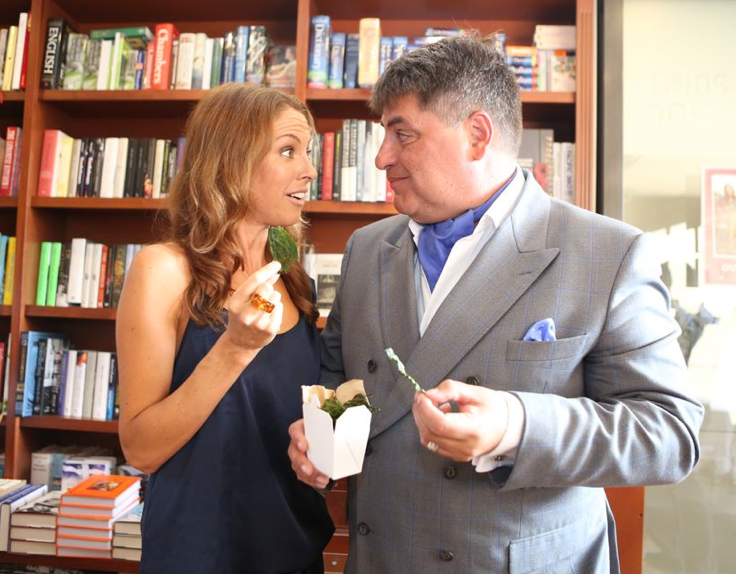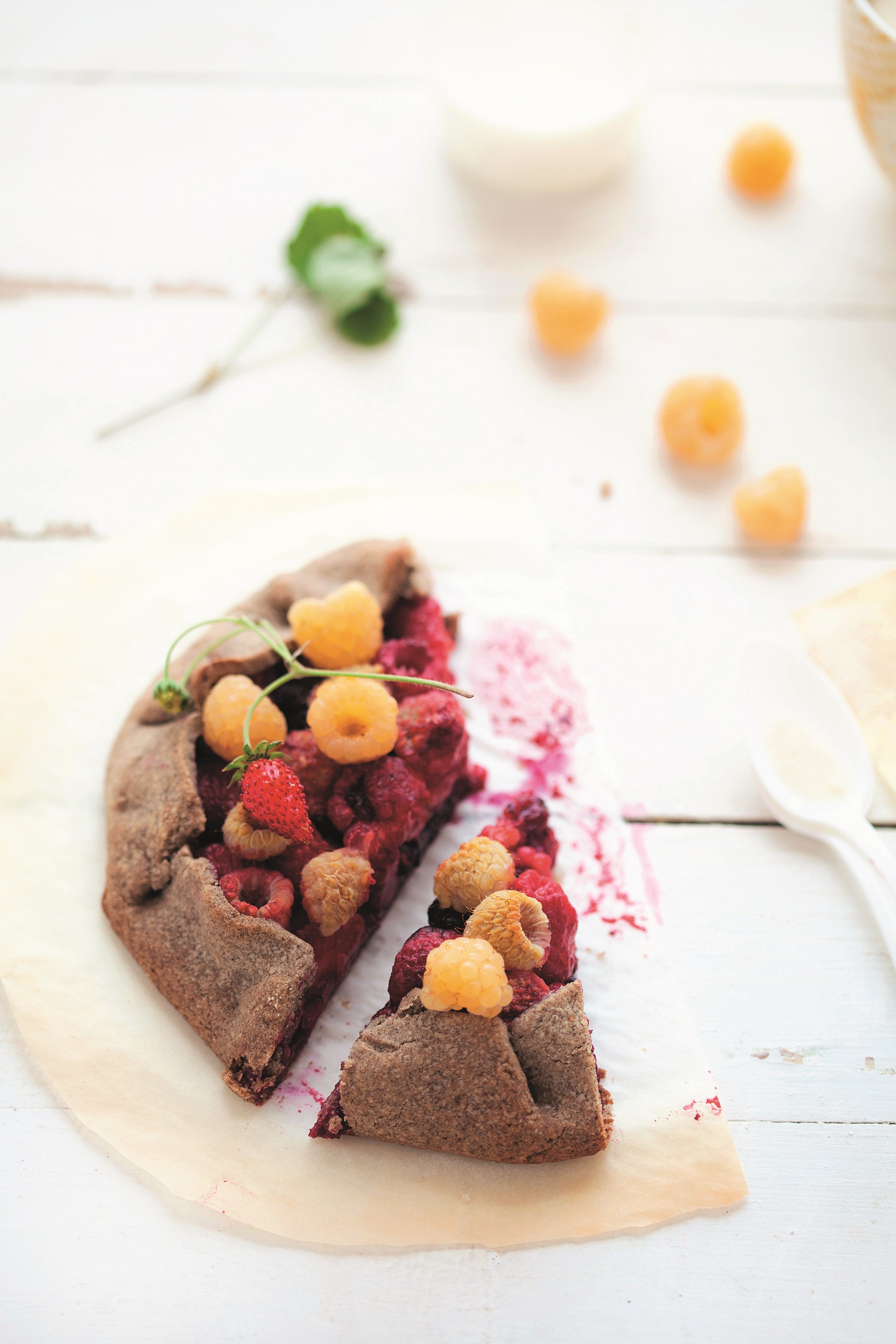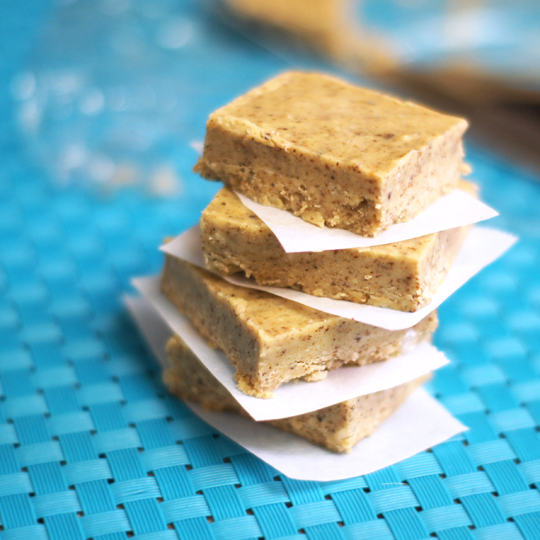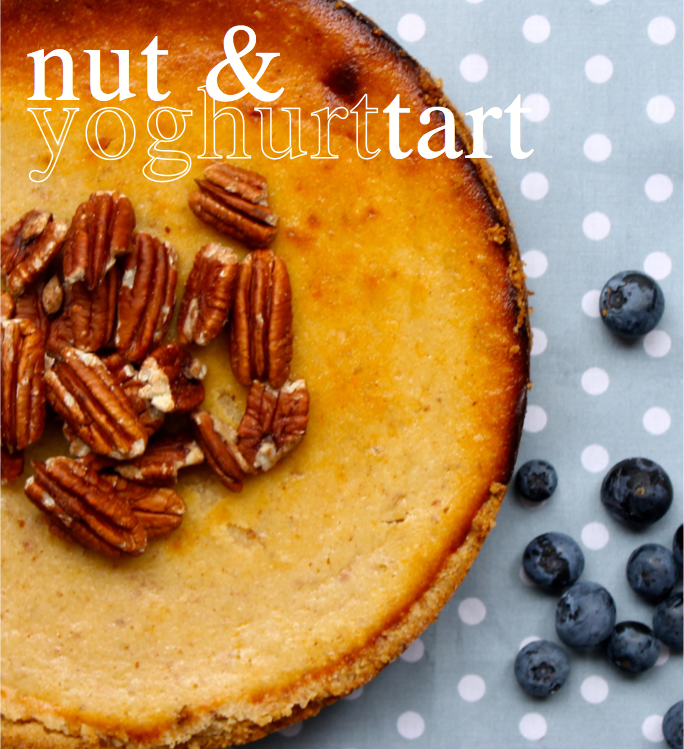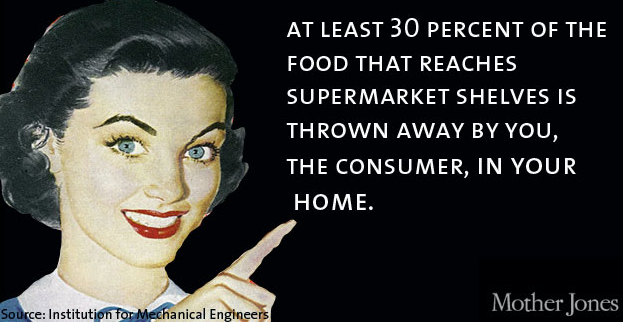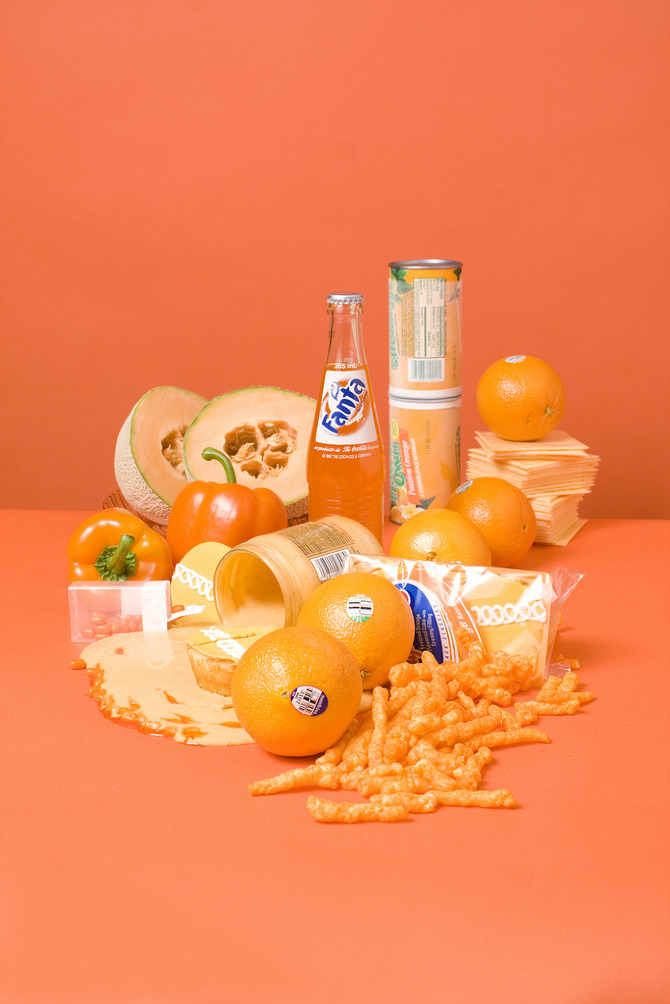I’m a vegetable lover. We’re told to eat 5-7 serves of fruit and vegetables a day. I eat way more than this…but I choose to eat my quota in the form of vegetables in the main, with only a little fructose-full fruit. Which is something I had a rant about here. To be truthful, I feel best when I get a good six or so serves of veggies into my gullet most days. This can take some planning and some clever techniques…Shall I share?
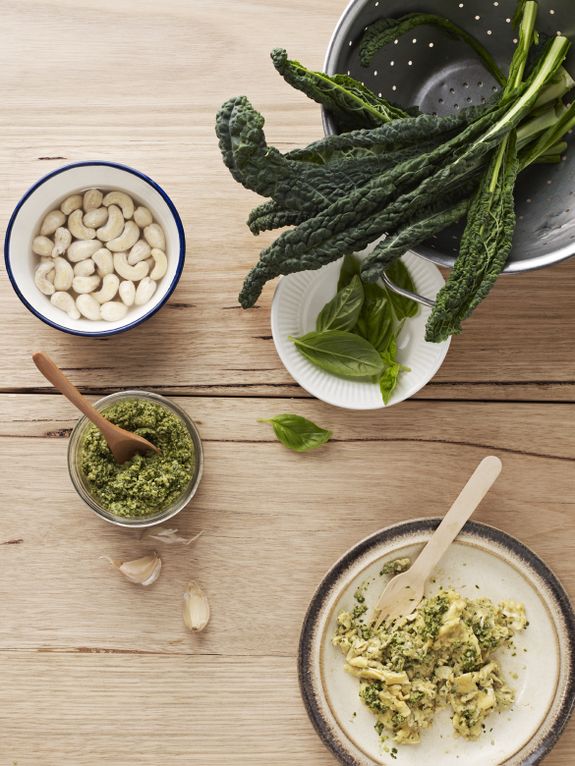
1. Vegetable smoothies.
1 large glass = 2-3 serves vegetables
I don’t make vegetables juice, I blend it whole, ergo a smoothie. Some of the Big Benefits of veggies are lost when you get rid of the fibre (as you do when you juice) and it can leave the resulting beverage too sugary (yep, veggies contain fructose too, but less than fruit). I toss lettuce, spinach, ginger (with the peel on), lemon (pips and pith included), turmeric, fennel (leaves and bulb) into a Vitamix (you do need a high-powered blender for this), with some ice and extra water or coconut water and blend until smooth. It’s a meal in a cup and you’re downing 2-3 serves of veggies in one tumbler. I’ll often have this for breakfast (along with some nuts or toast and nut butter or a boiled egg).
If you’re after some extra veggie smoothie recipes click here.
2. Eat veggies for breakfast.
1 cup = 1 serve vegetables
Either as a smoothie, or try my eggy muggin idea (from my I Quit Sugar Cookbook):
Eggy Muggin
- 1⁄2 cup par-cooked’n’frozen veggies (broccoli or silverbeet works best) or 1 cup fresh spinach leaves
- sprinkle of frozen peas
- pinch cheese, grated (cheddar or Parmesan works) or a few cubes of feta
- 1 egg
Place vegetables in a large coffee mug with a dash of water. Microwave on high for 30 seconds/a minute. Crack in an egg and add cheese. Stir loosely. Microwave again for another 30 seconds/a minute. Done.
